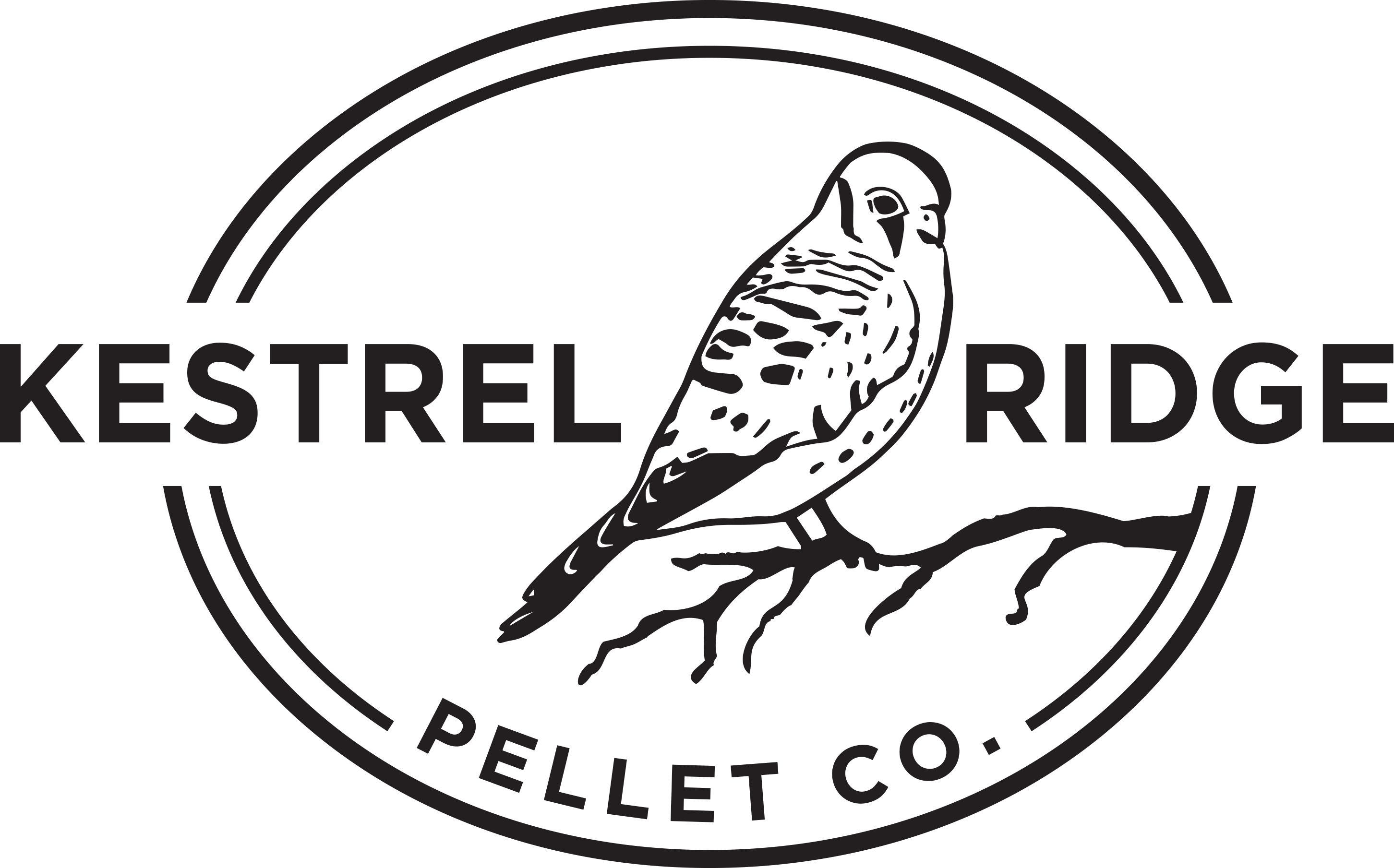I know, I know we're in the thick of summer gardening and starting to harvest the fruits of our labor BUT one thing you can do to extend your gardening season is to plant some crops that can withstand the cold weather. It's time to start planning your fall garden!
Some benefits of a fall garden include:
- Warm soil temperature and cooler air temperature: making it enjoyable to be out in the garden and the soil temperature is still warm enough to germinate seeds.
- Less weed competition: the weeds thrive on hot, wet weather, so when things start to cool off, the weeds don’t come in as crazy and unmanageable.
- Less disease: same with bacterial and fungi diseases, they thrive in hot, wet environments, so in the fall, those catastrophic diseases are not as common.
- Less pest pressure: if you don’t like gardening because of pests, this is your sign to start a fall garden! Those pesky critters are not as plentiful in the fall months and much more easily managed.
- Extend your garden season: more nutrient dense, homegrown food for longer in the year, does it get any better than that?!
If I've convinced you to plant a fall garden, here are some plants that do better in colder temperatures:
- Beets: plant them 10-12 weeks before first frost or buy starts (or start seeds indoors) to help with timing.
- Broccoli: direct sow in August and succession plant if you don’t want a lot of broccoli heads at the same time. You can also start from seed indoors.
- Brussels sprouts: direct sow when soil temperatures are around 75-80 degrees. Not fast growers, so it might be best to start from seed indoors.
- Cabbage: direct sow 6-8 weeks before your first frost in late summer or early fall.
- Carrots: a bit tricky and slow growing, but classic for cool season growing. Direct sow in late July for a fall harvest and be sure to succession plant. You can maybe get some winter harvests if mulched properly and it's a mild winter.
- Cauliflower: start seeds indoors or direct sow in late July.
- Kale: direct sow seeds 6 weeks before first frost.
- Kohlrabi: fast-growing, can plant as late as one month before first frost.
- Lettuce: direct sow 8 weeks before first frost. Be sure to succession plant, so you have fresh lettuce all fall.
- Spinach: direct sow in 6-8 weeks before first frost. Similar to lettuce, be sure to succession plant.
- Radishes: fast growing, can harvest less than 30 days from seed. Direct sow mid- to late August and succession plant.
A lot of the success of these crops will have to do with your hardiness zone. If you don't know your zone, check out this USDA Plant Hardiness Zone map to better know what plants will do well in your area. Once you know your hardiness zone, it's easy to find out your average first and last frost dates. You can also go to the Farmer's Almanac website and type in your zip code to find that out too.
Obviously I’m going to plug wool pellets here, they truly make a big difference in your garden. Wool pellets hold moisture so your soil doesn't dry out as fast, they release vital nutrients for plant health and growth, repel slugs and snails, and biodegrade in about 6 months. Learn more about the benefits of wool pellets here.
If you decide to start seeds indoors, steal my seed starting recipe. Also, I also recommend amending your bed with some more compost and wool pellets before planting any seeds in your garden or containers. A little refresh is all your garden needs. To learn how many wool pellets you'll need, check out our blog post all about how to use wool pellets.
You can purchase wool pellets on our website, krpelletco.com. We ship anywhere in the USA. If you have any questions regarding wool pellets or how to use them, please don't hesitate to reach out.
So now I need to know, are you planning on having a fall garden this year?
My best,
Megan ❤

